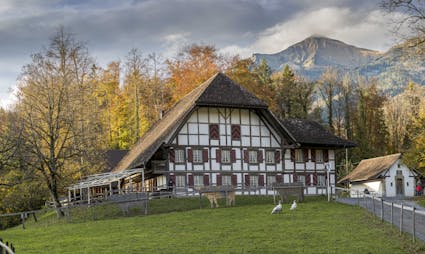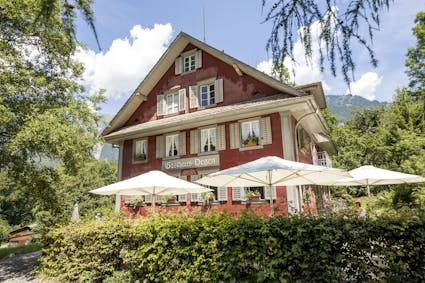
Daily schedule
26/12/2025
Select a date
PDF download
Daily schedule 26/12/2025
Our programme today
Sort by
Select option
No results
Gastronomy


In our daily schedule we constantly publish the activities for the season. The plan is updated monthly, so please check back from time to time.
Ballenberg
Swiss Open-Air Museum
Museumsstrasse 100
CH-3858 Hofstetten bei Brienz
Company holidays
24 December 2025 to 11 January 2026
Opening hours Administration
3 November 2025 to 8 April 2026
From Monday to Friday
8.30 am to 11.30 am
1.30 pm to 4.30 pm
Opening hours
9 April to 1 November 2026
10 am to 5 pm daily